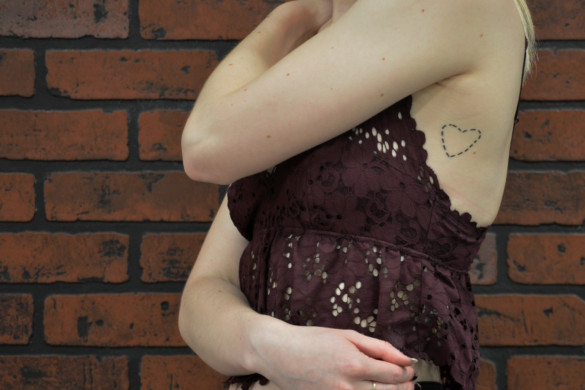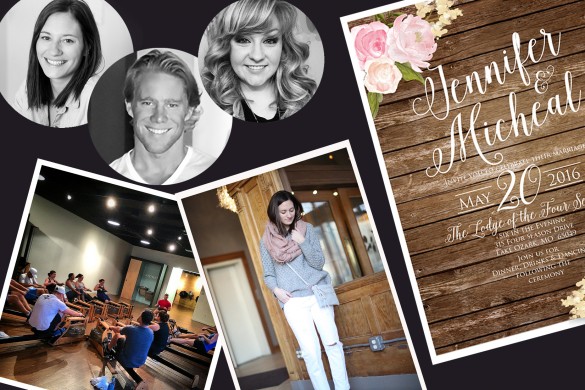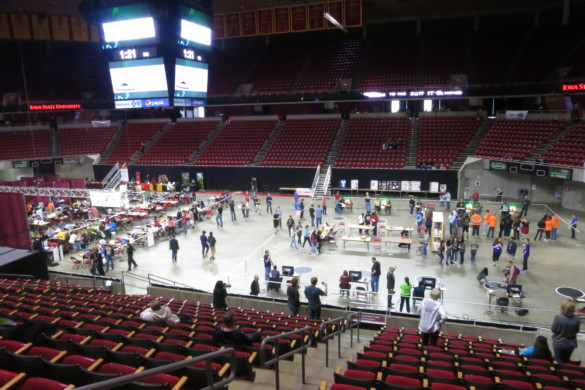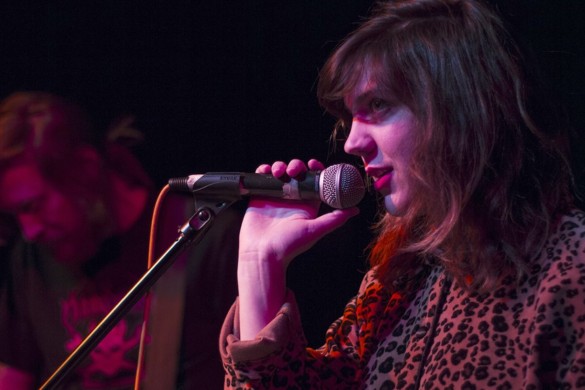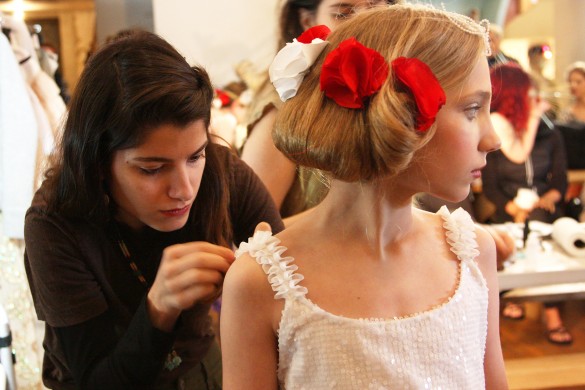
An outside look at a tiny home from Baim’s Chicago Summit. Photo courtesy of Hal Baim.
Tiny homes are more than just a fad—-they’re helping a bigger cause
Words by Sarah Mattes
Flipping through TV channels late on a Monday night may lead you down a path you can’t come back from. A new TV addiction: tiny homes. Spanning over four different shows, this new type of living has hit its popularity peak. From “Tiny House Builders” to “Tiny House Hunters,” these shows take you from vision to creation.
But it’s not just the hipsters and new-age minimalists claiming these bite-size places as home. Many organizations across the country have taken this new form of housing and used it to help house those in need of a new chapter in life.
Off the Beaten Path
Reverend Faith Fowler came into an inheritance when her mother died. The same is true for many upper and middle class families in America. But Fowler gained more than assets—she gained perspective.
“It dawned on me in a new way, how as a middle class person in this country you benefit from your family, and you have a security in your family that you don’t even realize,” Fowler said.
Fowler realized that if a poor family has any sudden financial trouble, they can’t help each other monetarily. This realization has guided her work as the executive director for Cass Community Social Services in Detroit, Michigan. “They, A, don’t have any cash; B, don’t have any way to get any money – they don’t have any collateral; and C, even when they die, you’re not gonna get anything, and you’ll have to do a quick fundraiser just to get them cremated.”
While seeking a way to give these families and individuals living in poverty a chance at reclaiming their life and owning their own assets, Fowler discovered tiny homes.
Bigger Than a Shoebox
Coming in at an average of 500 square feet and costing between $40,000 and $60,000, the tiny home craze began out west in Oregon and Washington, but has made its way to the Midwest. Like most houses, tiny homes are built in a variety of sizes. Some start out at as small as 60 square feet, while others top out at 1,000 square feet. Within its four walls, a tiny home combines all the spaces of an average-sized home into one area. The kitchen, bedroom, living room and bathroom are all located within mere steps of each other, if they’re not in the exact same area of the home.




The Trouble Behind the Cause
As organizations like Cass Community Social Services are trying to get their tiny home project off the ground, others are unable to break through the paper barriers: zoning codes.
For these organizations and other individuals wanting to build tiny homes, it is a matter of working with local community officials and having the knowledge of city ordinances to get the permission needed to complete the project.
One of the most common ordinances communities have involve accessory dwelling units. According to the American Tiny House Association, “an Accessory Dwelling Unit (ADU) is a small or tiny house on the same property (usually in the backyard) of a larger, existing home.” The rules on these dwellings vary between cities but some include: the property owner must live in one of the homes and the dwelling must be owned by the same person as the larger home.
A lack of knowledge often leads to breaking those city rules and regulations. “That’s the biggest hurdle in tiny homes right now—everybody is trying to skirt the rules,” said Chris Galusha, president of the American Tiny House Association.. “And skirting the rules isn’t going to help anybody; it’s just going to piss officials off and then they’re just going to crack down harder.”
Galusha and his fellow chapter leaders at the ATHA try to combat rulebreakers by providing information and resources to those interested in tiny homes and the building process.
For the Greater Good
For Cass Community Social Services, tiny homes became a way to provide assets to people with very low incomes.
“It’s not just a nice place to live as a renter,” Fowler said, “but home ownership for people who make $10,000 or $12,000 or $15,000 a year; folks who can’t even qualify for a Habitat for Humanity house.”
Tiny homes give individuals the chance to develop assets at a rate that they couldn’t match if they owned average-sized housing.
“This kind of housing is cheaper to build, quicker to build and cheaper to operate on an ongoing basis,” said Tracy Baim, co-chair of the Pride Action Tank and publisher of the Windy City Times.
Last April, Baim’s organization hosted a tiny homes summit in Chicago, featuring speakers from existing tiny home projects to discuss the progress and success of their organizations. The summit focused on finding solutions for the growing population of homeless LGBTQ+ youth in Chicago. Government officials, financial funders, local architects and service providers were also among those who spoke at the conference.
Baim says that tiny living is not for everyone living in poverty or homeless; it is a certain style of living that is helpful to a select group of individuals.
“For youth that are in colleges that don’t have dorms, this is a possibility. For people who have been chronically homeless on the streets, this could be a first point of housing,” Baim said. “For seniors who want to live in housing that mimics where they’ve lived their whole lives and in a community-based setting, this could be an asset.”
Fowler’s goal is to build 25 more tiny homes by the end of next year. Ranging from 250 to 400 square feet, the Cass Community Social Services’ homes will provide shelter and a growing financial asset for formerly homeless individuals coming out of shelters, senior citizens forced to leave their homes due to gentrification, or young adults who aged out of the foster care system or don’t have families that can financially support them.
She explains that these residents will set a positive example for others: “They’ll serve as stakeholders and role models for people who are still in the shelters or are just coming off the streets.”



